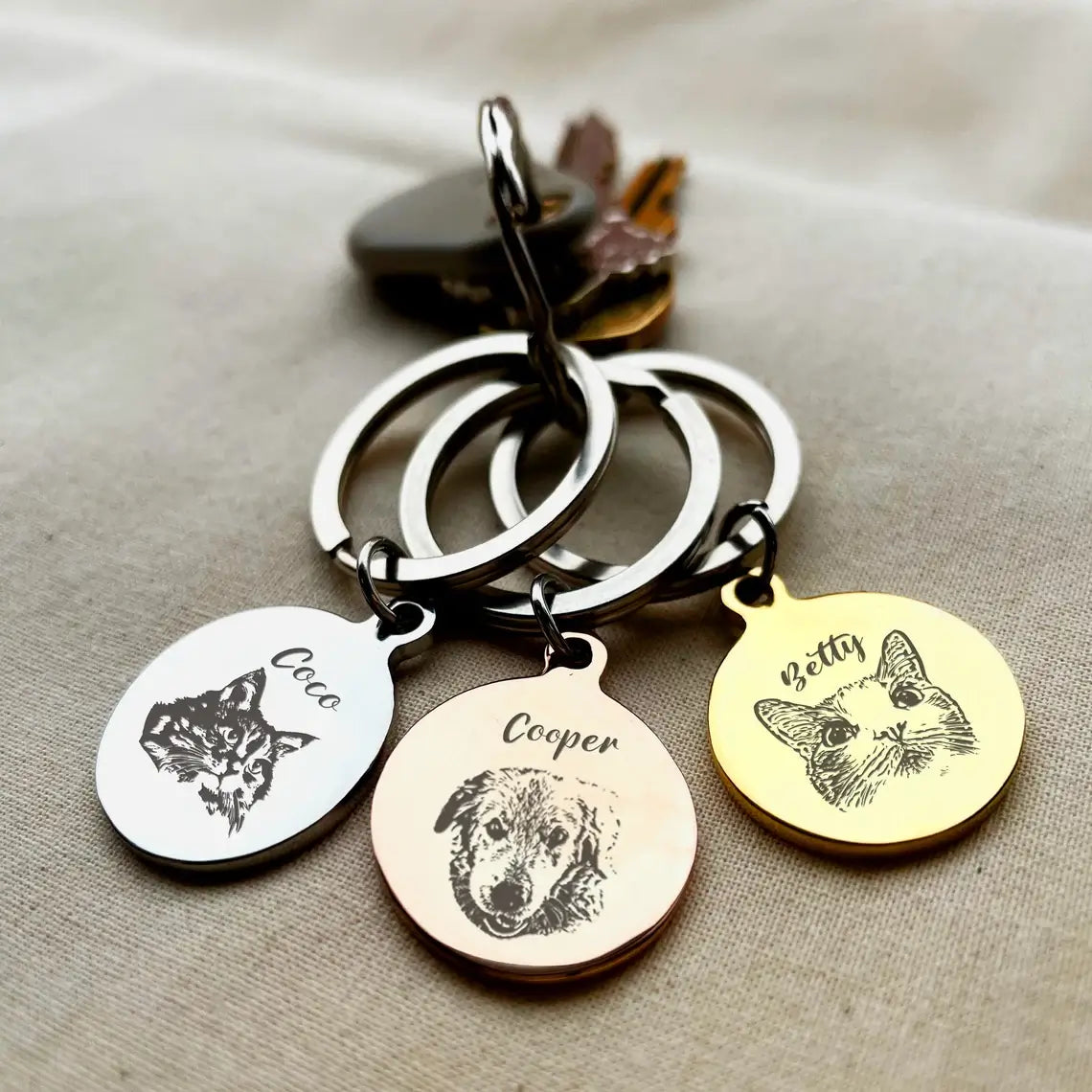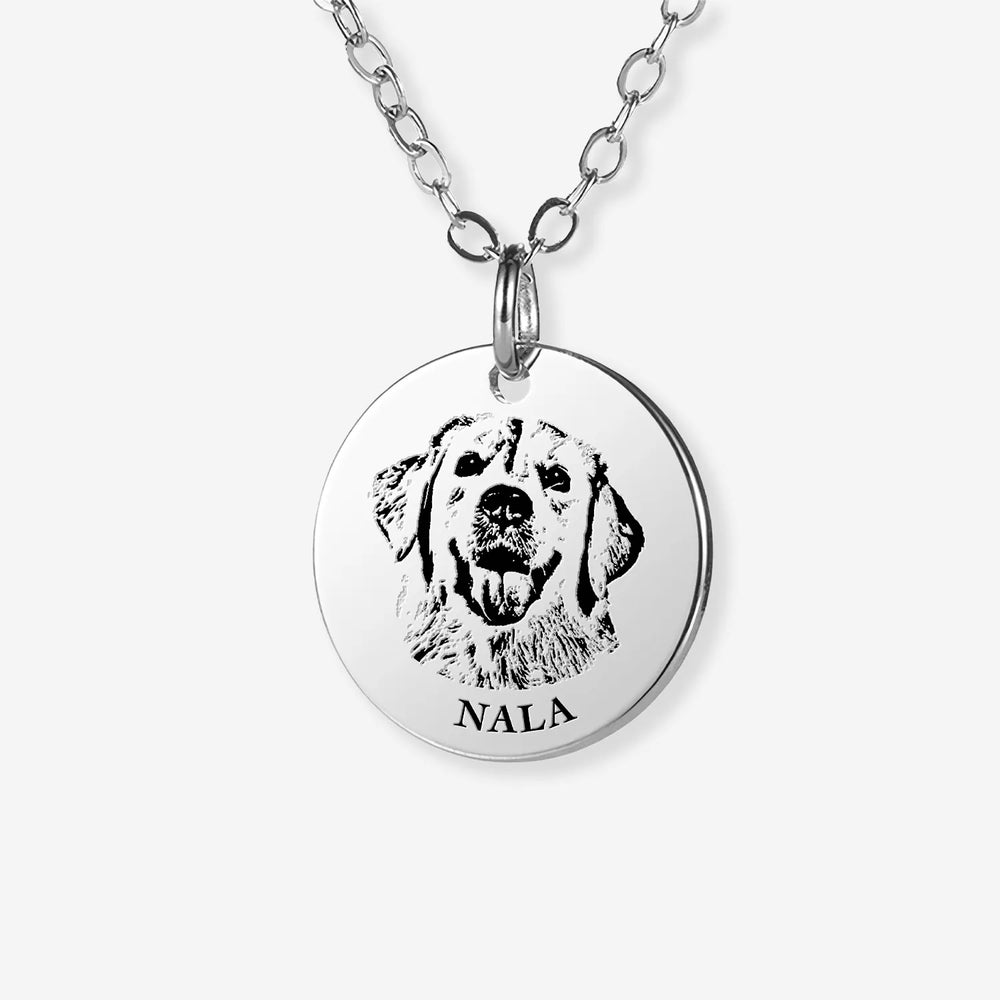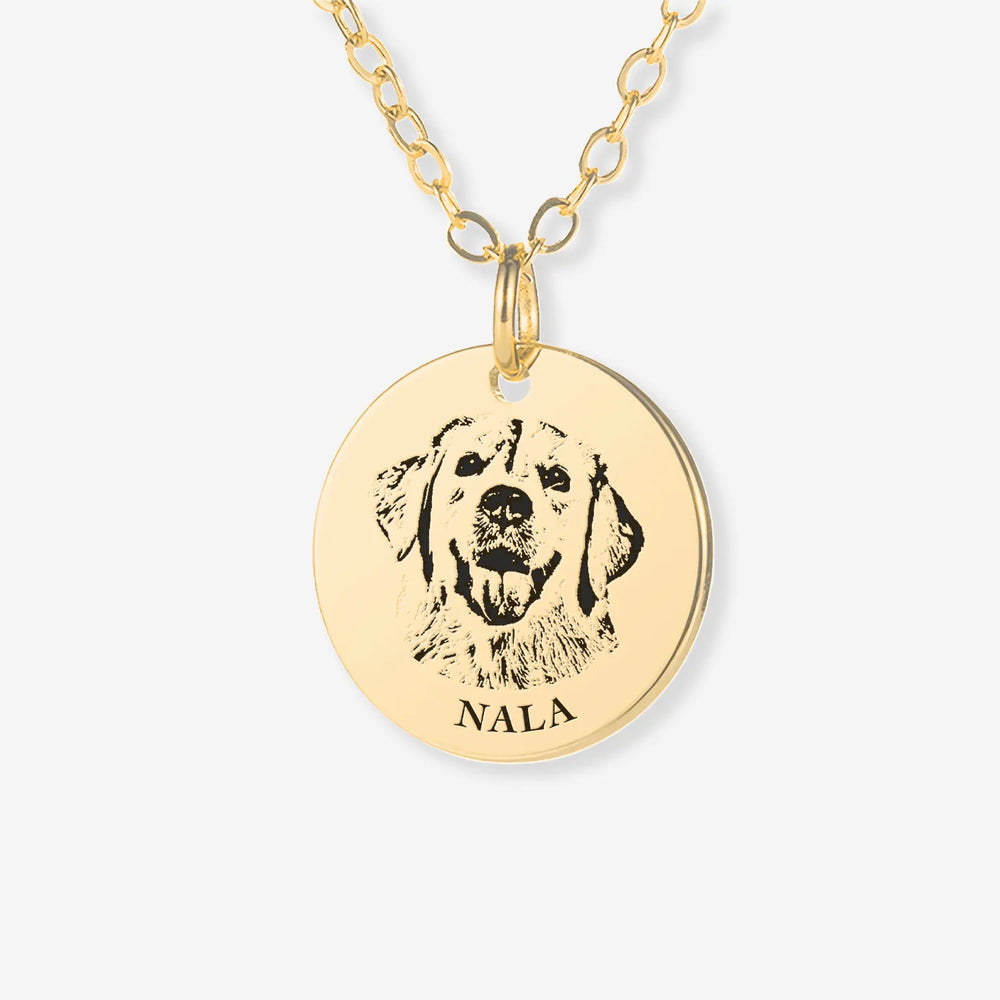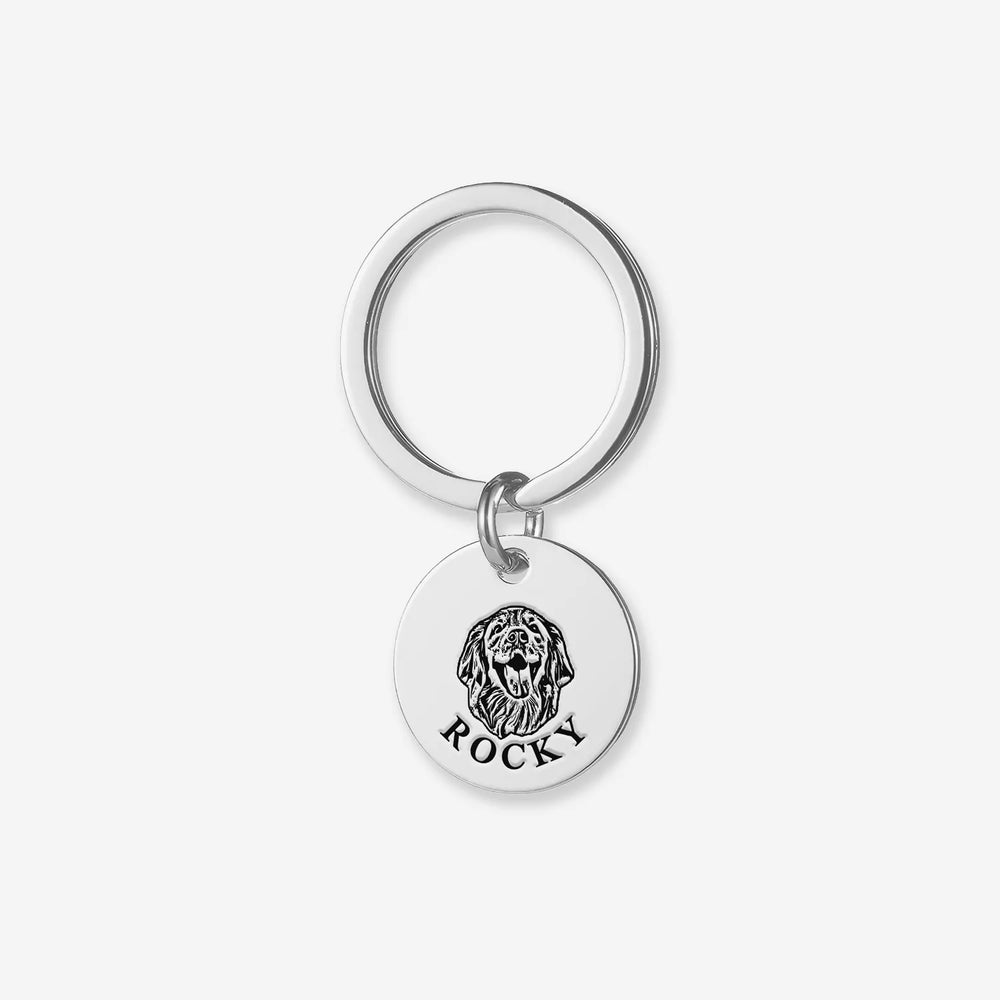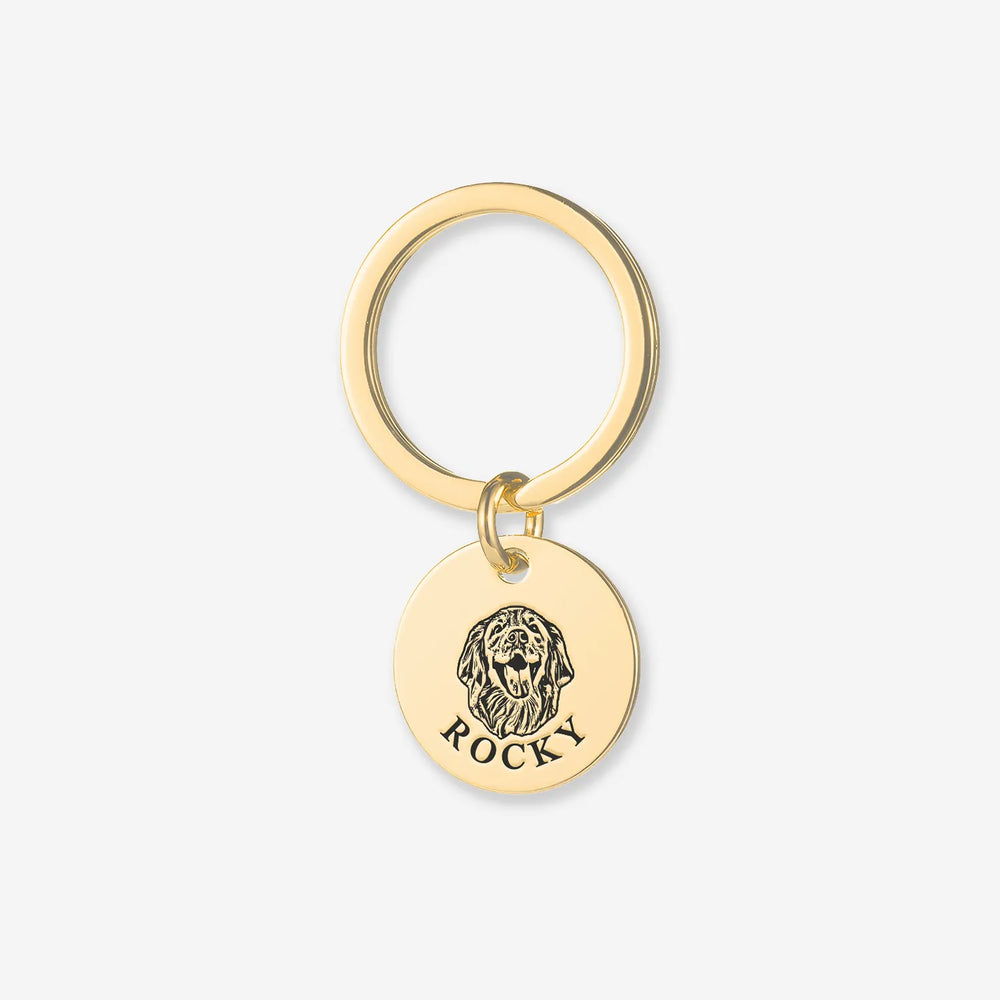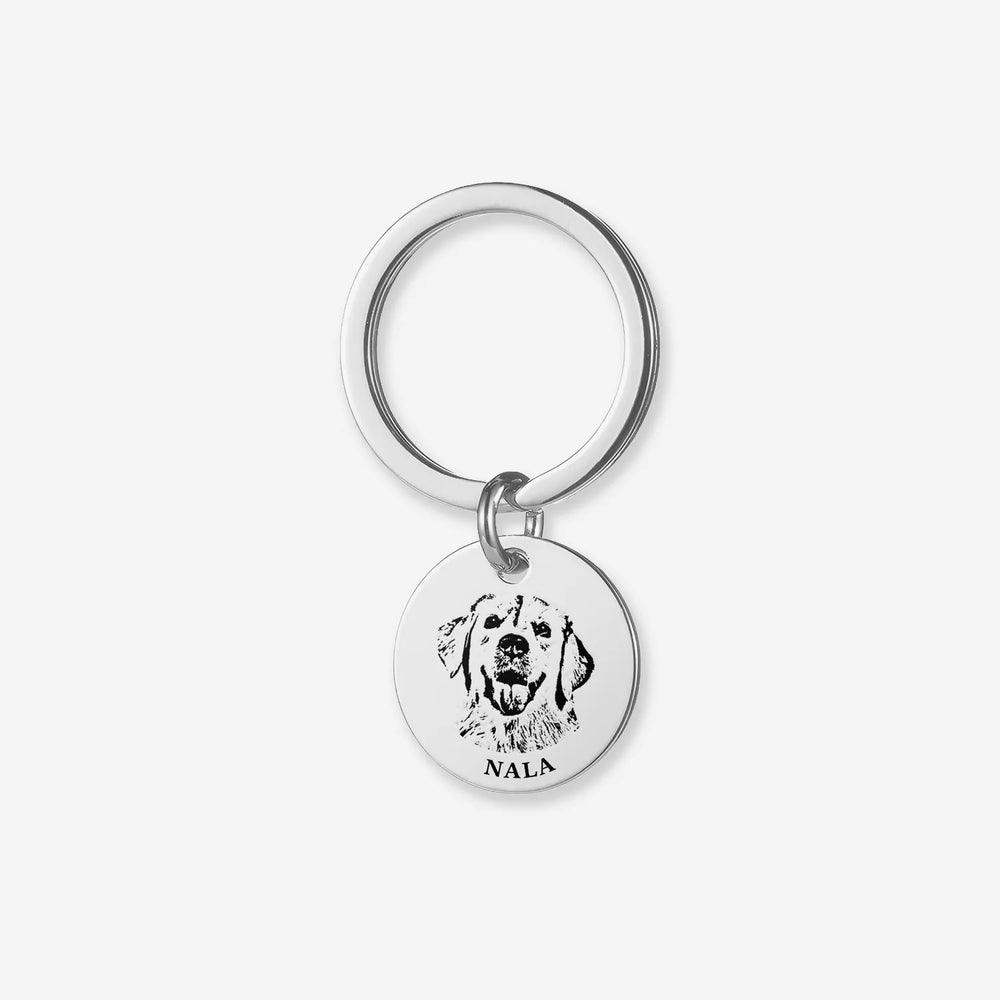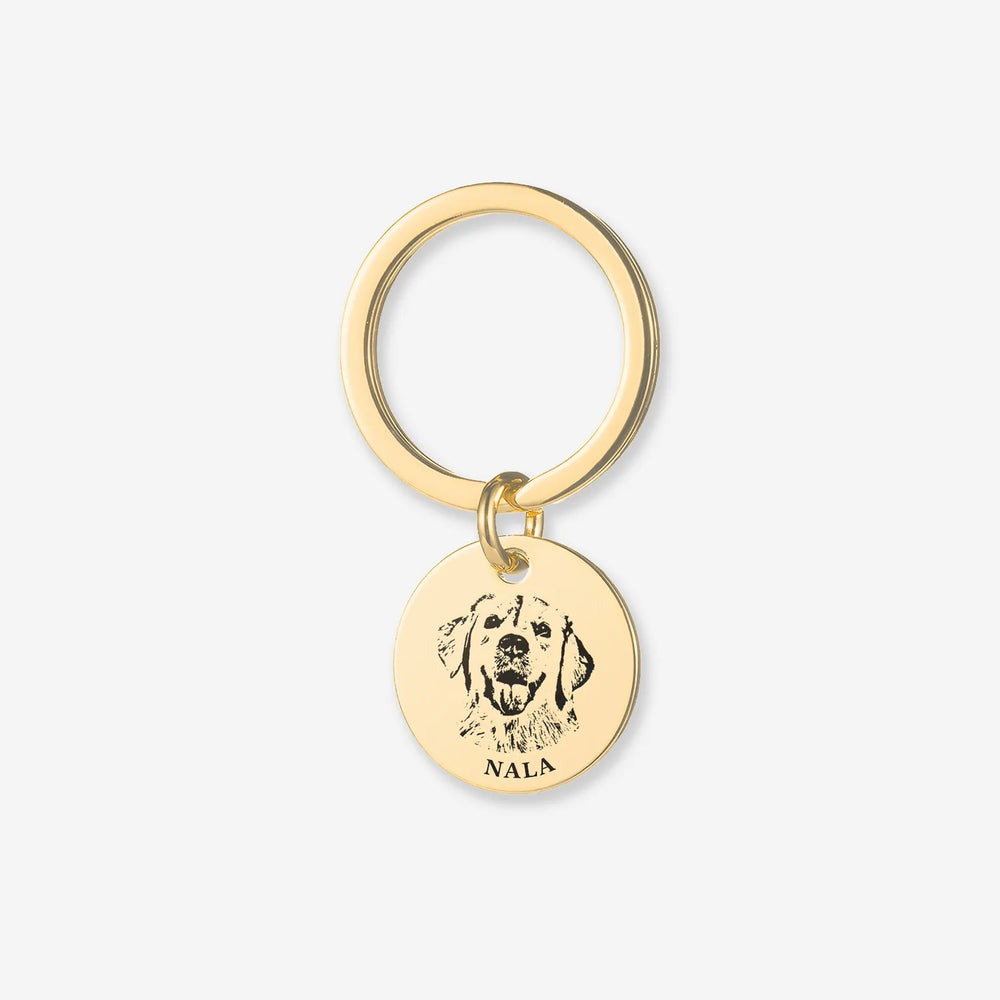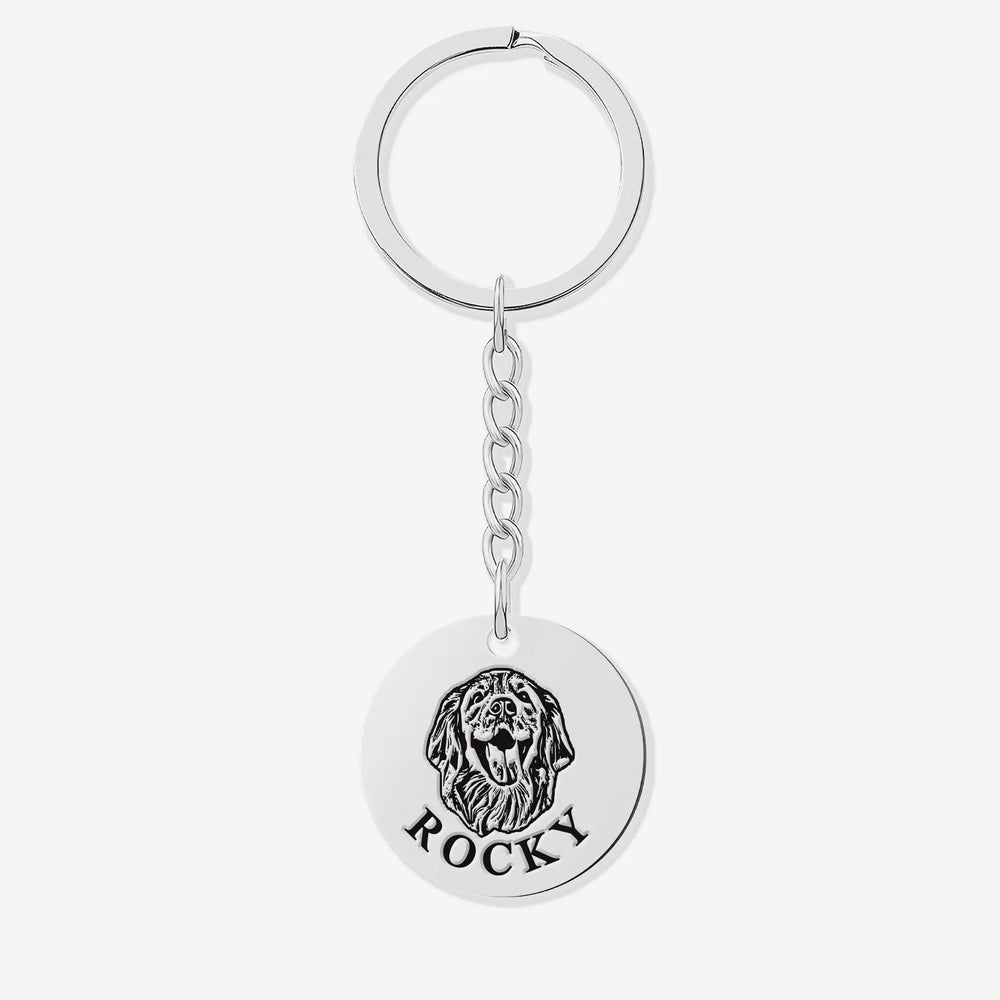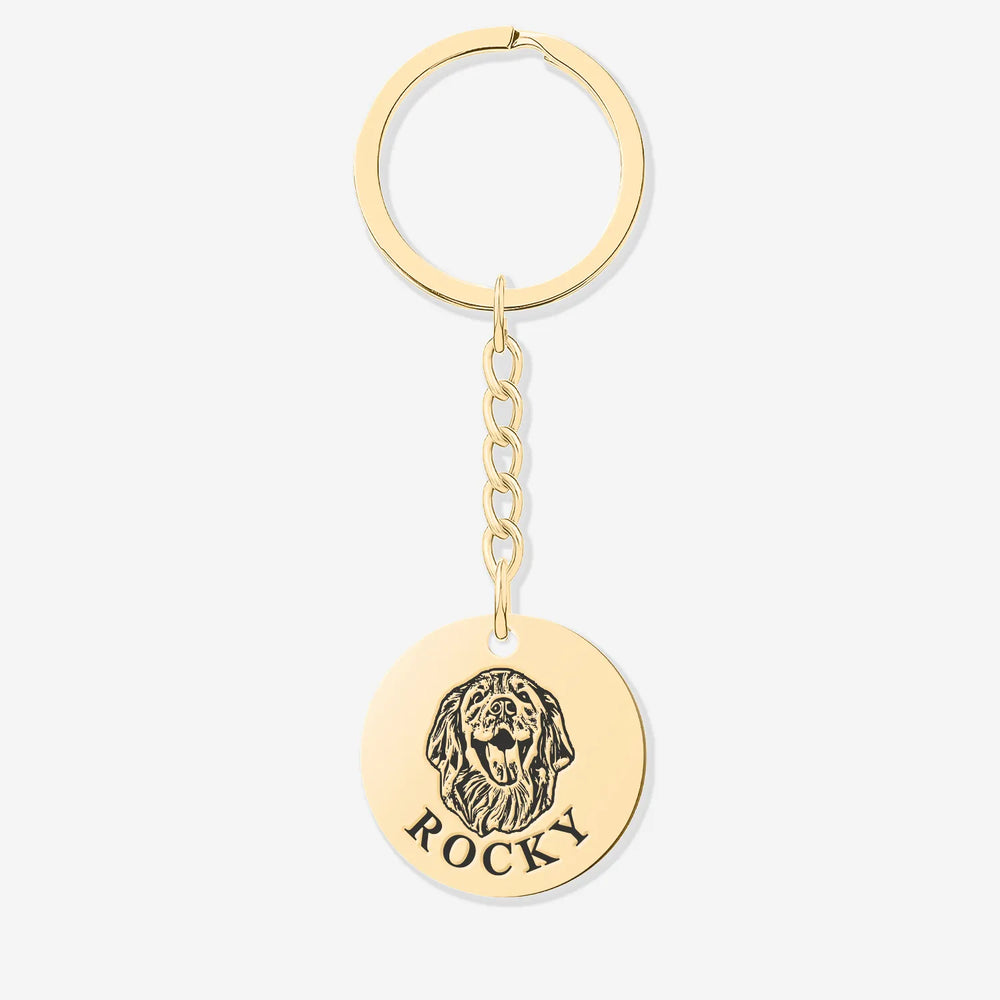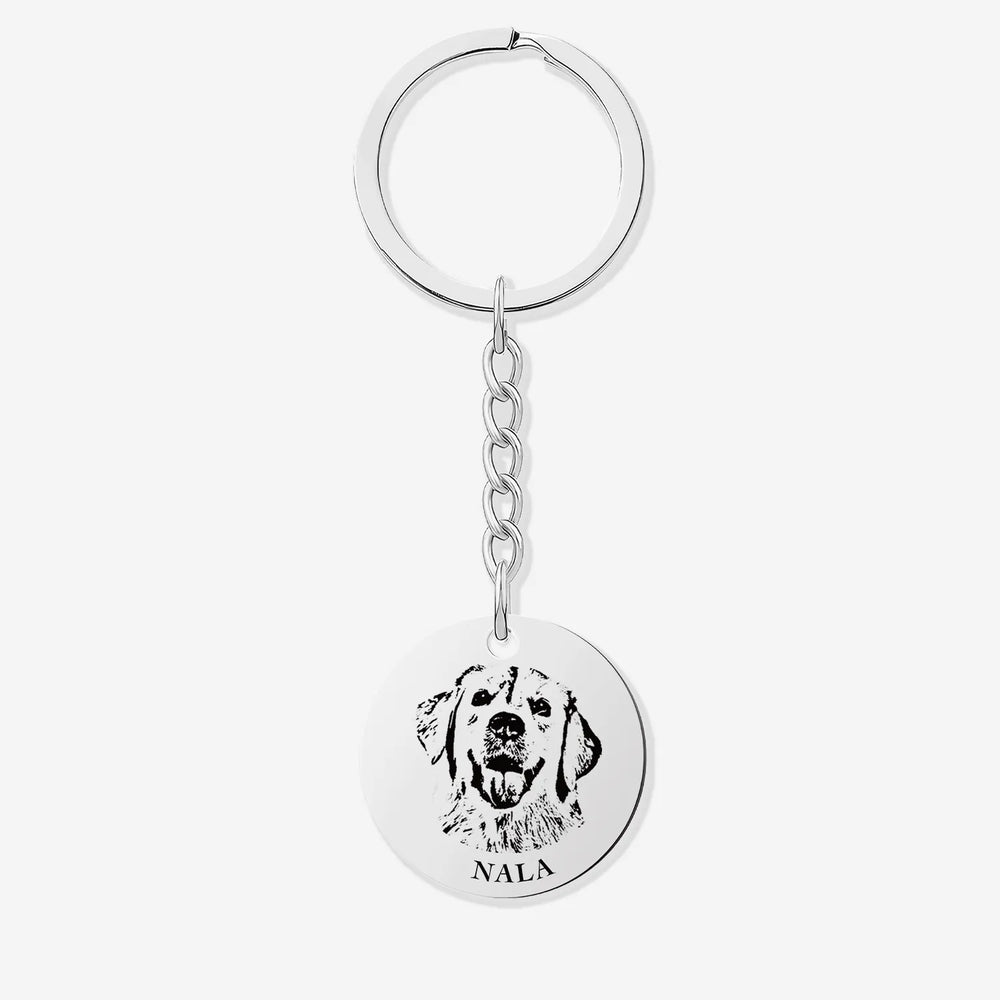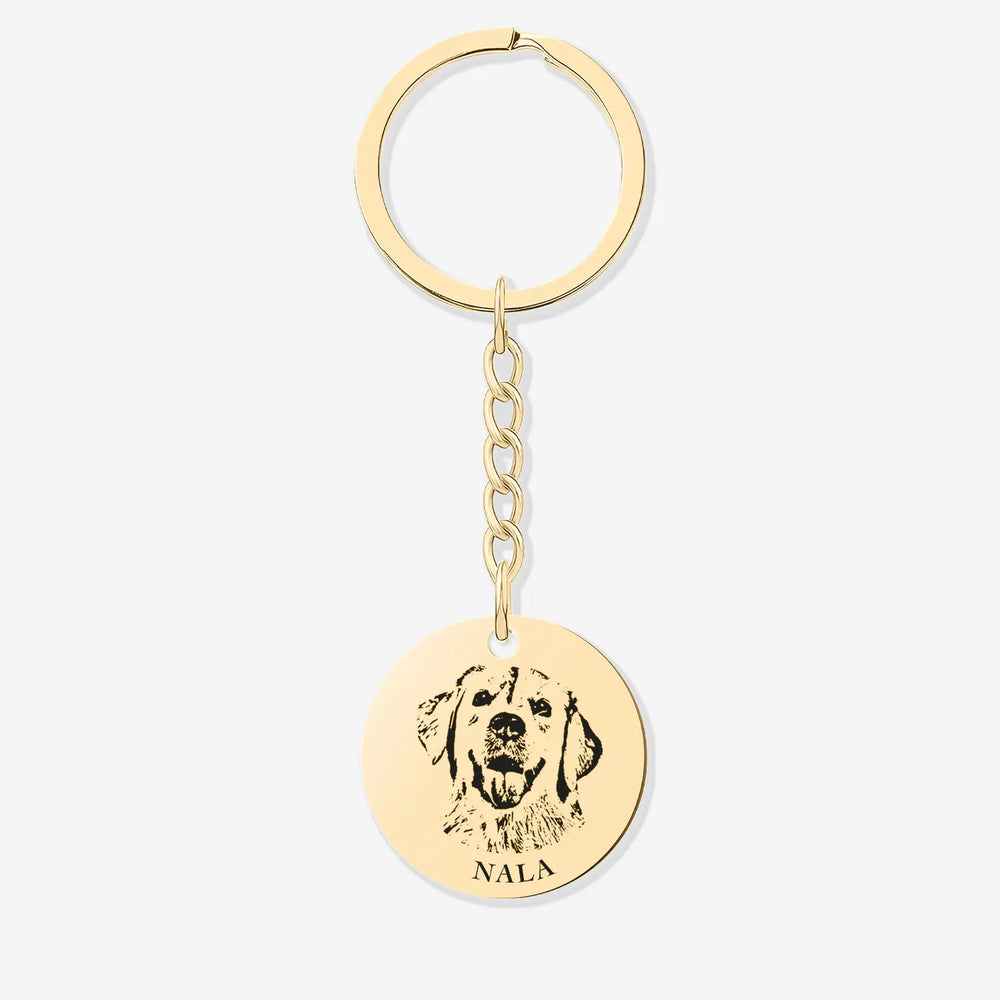Buy One, Get One FREE
Understanding the 25 Most Dangerous Dogs in the World

When it comes to our beloved canine companions, understanding their behavior is essential for ensuring safety and harmony in any environment. This blog will explore the 25 most dangerous dogs in the world, discussing their traits and behaviors. It’s crucial for responsible pet ownership to educate ourselves on these topics. By knowing which breeds can be more aggressive, we can make informed choices about training and socialization.

Criteria for Determining Danger
Not all dogs are created equal, and several factors contribute to labeling a dog as dangerous. These criteria include size, strength, and behavioral traits. For example, large breeds can inadvertently cause more harm simply due to their physical capabilities.
Behavioral attributes also play a significant role. Fearfulness and aggressiveness can stem from environmental factors or negative experiences early in life. Proper dog training and socialization can dramatically influence how a dog behaves with other animals and humans. Therefore, these elements are key in determining whether a dog will be classified among the 25 most dangerous dogs in the world.
Overview of the 25 Most Dangerous Dogs
This list of dangerous breeds is derived from various studies, expert opinions, and statistics on dog attacks. While no breed is inherently bad, certain dogs have shown tendencies for aggression or have a history of attacks. Understanding these breeds helps educate potential pet owners about what to expect.
Here’s an overview of the 25 breeds often classified as the most dangerous:
| No. | Breed | No. | Breed | No. | Breed | No. | Breed |
|---|---|---|---|---|---|---|---|
| 1 | Rottweiler | 2 | American Pit Bull Terrier | 3 | German Shepherd | 4 | American Bulldog |
| 5 | Doberman Pinscher | 6 | Bullmastiff | 7 | Husky | 8 | Alaskan Malamute |
| 9 | Wolf Hybrid | 10 | Cane Corso | 11 | Chow Chow | 12 | Presa Canario |
| 13 | Boxer | 14 | Dogo Argentino | 15 | Great Dane | 16 | Fila Brasileiro (Brazilian Mastiff) |
| 17 | Akita Inu | 18 | Saint Bernard | 19 | Tosa Inu | 20 | Rhodesian Ridgeback |
| 21 | Gull Dong | 22 | Boerboel | 23 | Basenji | 24 | Kangal |
| 25 | Belgian Malinois |
The Most Aggressive Dog Breeds

When discussing the most aggressive dog breeds, it’s essential to look at specific traits. Many of these dogs have strong protective instincts, which can sometimes turn into aggression if not properly managed.
Rottweiler
Rottweilers are known for their strength and loyalty. They make excellent guardians, but without proper training, they can display aggressive behaviors.
Pit Bull
Pit Bulls are often mentioned in the context of aggression. They can act fiercely if not socialized correctly, but many are loving and gentle family pets when given the right environment.
Doberman Pinscher
The Doberman Pinscher is another breed known for its protective qualities. These dogs require solid training and socialization to curb any aggressive tendencies.
The Most Dangerous Dog Breeds
While aggression is an important aspect, danger can also relate to how often a breed is involved in attacks. Some breeds consistently appear in reports and studies as having higher instances of attacks on people.
German Shepherd
German Shepherds are intelligent and versatile, but they can become dangerous if not properly trained. They often have protective instincts that can lead to aggressive behavior if not properly managed.
Bullmastiff
Bullmastiffs are known for their strength and size. Their natural protective instincts combined with poor training can render them dangerous without appropriate supervision.
Alaskan Malamute
The Alaskan Malamute, while often seen as friendly, has a strong prey drive. This breed can show aggression if they feel threatened, especially in unfamiliar situations.
Famous Dog Attacks

Understanding the context of famous dog attacks offers valuable lessons. Several high-profile incidents involve breeds that tend to exhibit aggression.
Case Study #1: The 1981 San Francisco Incident
In 1981, a brief yet substantial attack by a Rottweiler made headlines. This incident underscored the importance of responsible pet ownership and proper training.
Case Study #2: The 1997 Attack in the Midwest
A Doberman was involved in a notable attack in 1997. This event highlighted the need for public awareness regarding dog behavior. The lessons learned from such attacks are vital for ensuring safety around all breeds.
Importance of Dog Training and Socialization
Dog training and socialization are essential in curbing aggressive behavior. The earlier a dog is socialized, the more adept they become at handling different situations without reverting to aggression.
Tips for Effective Training Practices
-
Early Socialization: Expose your dog to various environments, people, and pets from a young age.
-
Consistent Commands: Use the same command for specific actions so your dog understands what is expected.
-
Ongoing Training: Training should not end after puppyhood. Regularly revisiting commands is crucial for maintaining good behavior.
Responsible Pet Ownership
Responsible pet ownership extends beyond training. Proper licensing and keeping current on vaccinations show a commitment to safety. Understanding dog behavior can prevent incidents, and being prepared can also improve interactions with both pets and people.
Strategies for Safe Interaction with Others
-
Proper Licensing and Insurance: Ensure your dog is registered and insured should an incident occur.
-
Awareness of Dog Behavior: Watch for body language cues from your dog and others. This awareness can prevent confrontations and foster safe environments.
Conclusion
Understanding the 25 most dangerous dogs in the world is not just about identifying harmful breeds. It is about promoting responsible pet ownership and ongoing education. By learning about dog behavior, training, and socialization, we can make a difference. Educate yourself and advocate for responsible pet ownership to keep communities safe and foster great environments for pets and people alike.
By keeping these tips in mind, both dog owners and prospective pet parents can enjoy the companionship of dogs while ensuring safety for themselves and their communities. Educate, train, socialize, and promote a culture of understanding around our canine friends.
